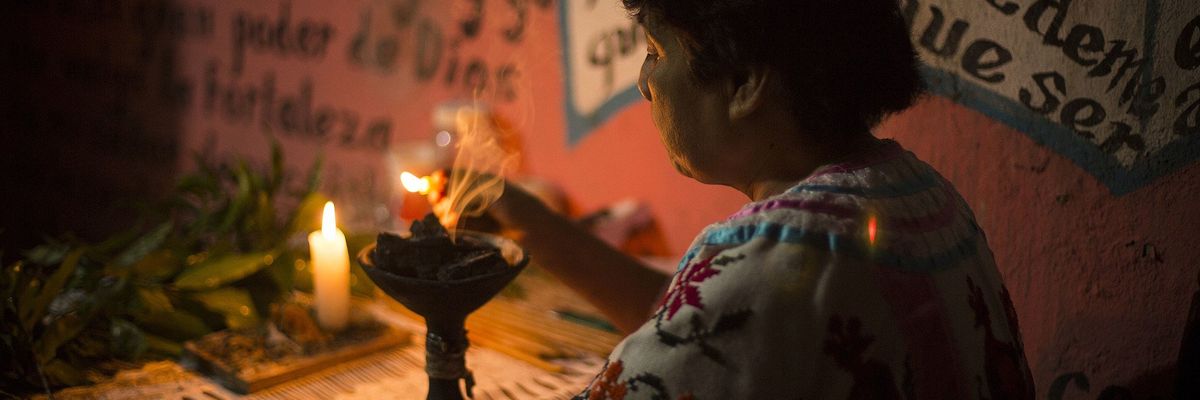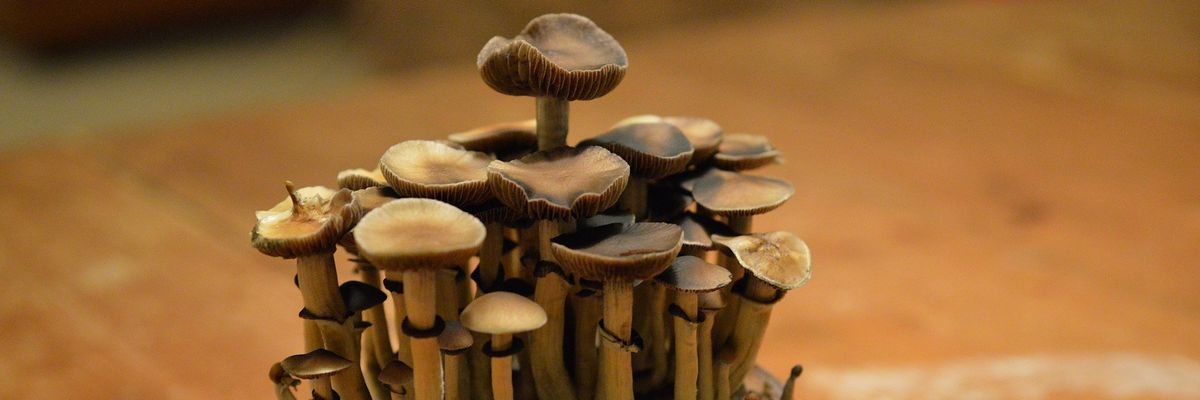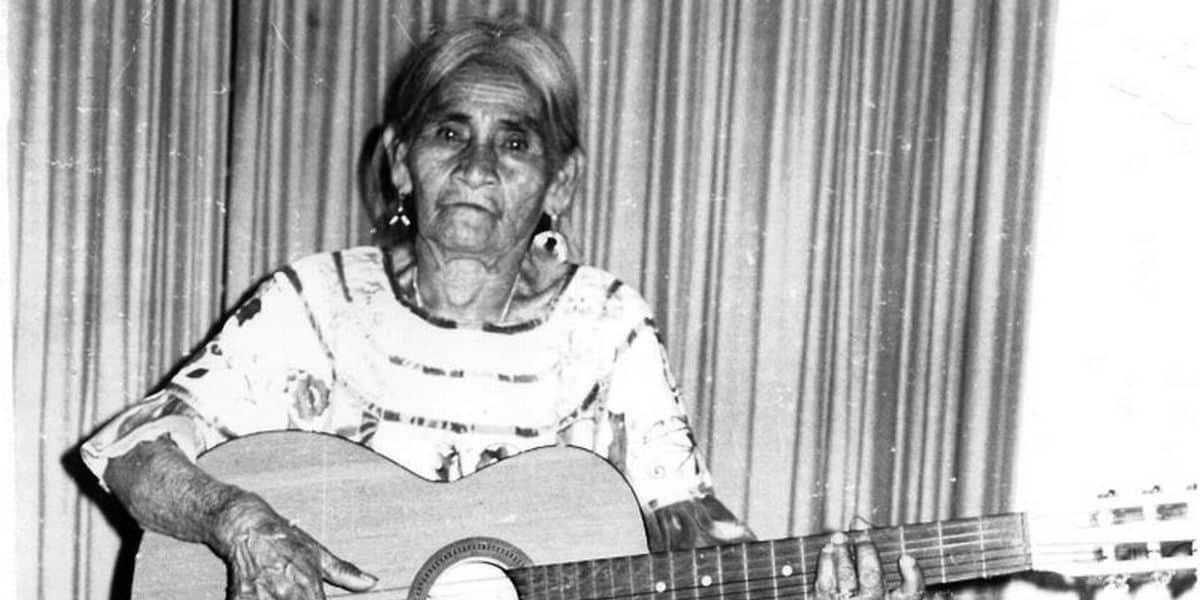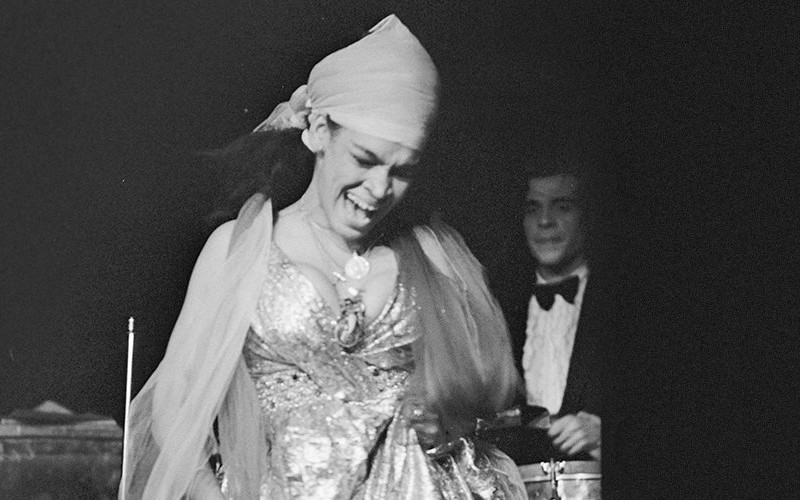Maria Sabina: The Mazatec Curandera Who Pioneered Therapeutic Psychedelics
Do you know who María Sabina is? You should. She’s the Mazatec healer who reshaped our understanding of the medicinal and alternative use of psychedelics – it’s not the white men who are usually given credit.

Maria Sabina Magdalena García, a native Mazatec healer and shaman from Huautla de Jiménez, Oaxaca, Mexico, was a remarkable woman whose life and teachings left an indelible mark on the Western world. Her practices centered on the use of Psilocybin mushrooms, a genus of psychedelic mushrooms, for spiritual and healing rituals, which have had a profound influence on the modern study and perception of psychedelic substances in Western medicine and culture.
Maria Sabina was born into a poor family in the Mazatec region of Mexico, where indigenous customs and traditions were central to life. Growing up in a family of healers, Sabina and her sister were introduced to the ritual use of psilocybin mushrooms (known locally as “little saints”) when they were only six or seven years old. The sisters would collect these mushrooms and use them as a form of spiritual communication and healing. Sabina, who felt a special connection with these “holy children,” went on to become a curandera.
The term “curandera” refers to a traditional Latin American healer who practices curanderismo, a holistic healing approach that blends elements of indigenous belief systems, herbalism, and spirituality. Curanderos or curanderas, depending on gender, are recognized in their communities as having the ability to diagnose and treat a range of conditions, both physical and spiritual. Their practices often involve prayer, rituals, herbal remedies, and energy work.
They act as intermediaries, accessing supernatural elements to aid in the healing process. The role of a curandera, like Maria Sabina, often goes beyond physical healing, as they are also revered as spiritual counselors and community leaders.

Image of a curandera performing a cleansing ritual in Huautla de Jiménez
How did Maria Sabina become well known?
Maria Sabina came to international prominence when R. Gordon Wasson, a vice president of J.P. Morgan & Co. and amateur mycologist, along with his wife Valentina Pavlovna, visited her in the 1950s. Wasson and his wife participated in a velada, an all-night healing ceremony, where Sabina used psilocybin mushrooms as part of her rituals. This experience had a profound effect on Wasson, leading him to write an article about it in “Life” magazine in 1957 titled “Seeking the Magic Mushroom.”
This article drew widespread attention and put both Maria Sabina and the ritual use of psychedelic mushrooms on the map for Western audiences. It is often credited as the spark that ignited the psychedelic movement of the 1960s. People began to flock to Huautla de Jiménez to experience the psychedelic rituals firsthand.
Timothy Leary, an American psychologist and author recognized for his fervent endorsement of psychedelic drugs, was among the notable figures who sought out Maria Sabina’s healing rituals. Richard Alpert, another American psychologist, and writer, better known as Ram Dass, was equally intrigued by Wasson’s accounts and made the journey to experience Sabina’s ceremonies firsthand.
Legendary musician John Lennon is also reported to have visited Sabina during the Beatles’ psychedelic phase. Bob Dylan, a renowned icon in folk and rock music, is believed to have made a similar pilgrimage to Huautla de Jiménez.
These famous visitors underscore Sabina’s widespread influence, reaching beyond the realm of science and medicine and extending into the arts and popular culture. However, this influx of notable personalities and the attention they drew both elevated Sabina’s status and contributed to the social and cultural disturbances she later faced.
While Maria Sabina was initially vilified and ostracized by her own community for sharing sacred rituals with “outsiders,” her influence and teachings eventually permeated Western culture. Her spiritual application of psilocybin mushrooms instigated a paradigm shift, fostering the birth of a broader psychedelic movement in the West.
Perhaps her most significant contribution, however, lies in the impact she had on Western medicine. Prompted by the curiosity ignited by Wasson’s article, rigorous scientific research commenced into psilocybin and other psychedelic substances, marking a pivotal shift in their perception and potential therapeutic applications.

In the years since, Western medicine has slowly been reintegrating psychedelics into its fold. Institutions such as Johns Hopkins University, Imperial College London, and the Multidisciplinary Association for Psychedelic Studies (MAPS) have conducted and published a range of studies investigating the therapeutic potential of psilocybin and other psychedelics for conditions such as depression, PTSD, and end-of-life anxiety. Maria Sabina, perhaps unknowingly, created a bridge between the traditional use of psychedelics and modern medicine’s recognition of their potential therapeutic value.
Yet, despite her invaluable contributions to the world, Maria Sabina’s life came to an end on November 23, 1985, at the age of 91, in her hometown of Huautla de Jiménez, where she died in poverty and suffering from malnutrition. Years later, her great-grandson would request the exhumation of her remains from the town’s municipal cemetery to give her a proper burial worthy of one of the most famous healers in the world. As reported by The Yucatan Times, Sabina’s great grand-son Bernardino García requested:
“That the name of my great-grandmother be given the attention it deserves, a true museum worthy of her; the paving of the road that leads to her house, which is now completely abandoned.”
Through the years, her fame brought a wave of Westerners, including celebrities and hippies, to her humble town, leading to a disruption of local life and an erosion of sacred traditions. This, at the time, led to resentment among her own community, which, coupled with the Mexican government’s crackdown on the use of psychedelic substances, led to hardship and persecution for Sabina.
In her later years, she reportedly expressed regret for having shared the sacred rituals with outsiders. Nowadays, she is regarded as a legend, leaving behind a legacy of profound influence on the global perception and study of psychedelic substances. Despite the trials she faced, Maria Sabina is remembered today as a pioneering figure in the world of spiritual healing and psychedelic research.
Her legacy serves as a reminder of the profound wisdom indigenous cultures can offer the world.





